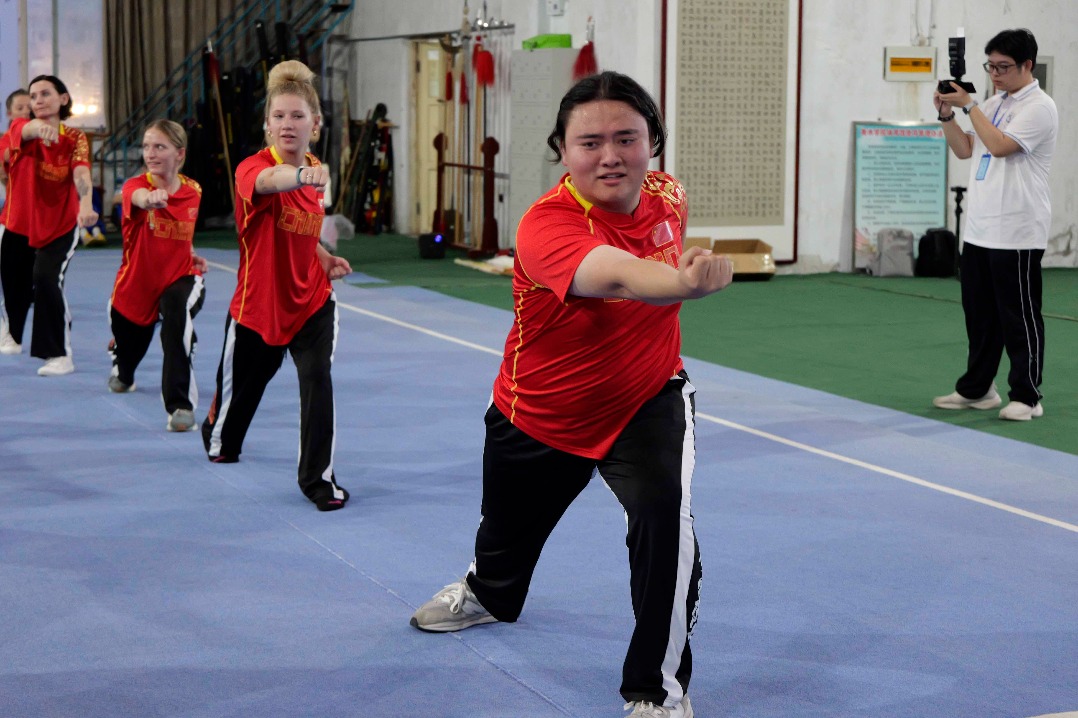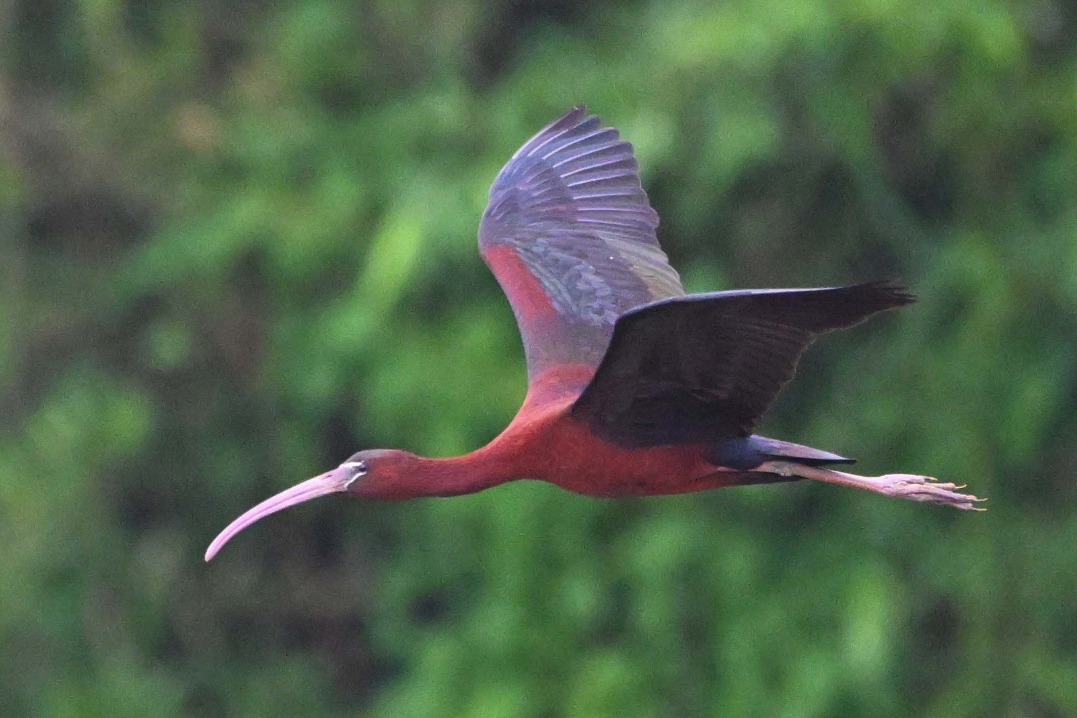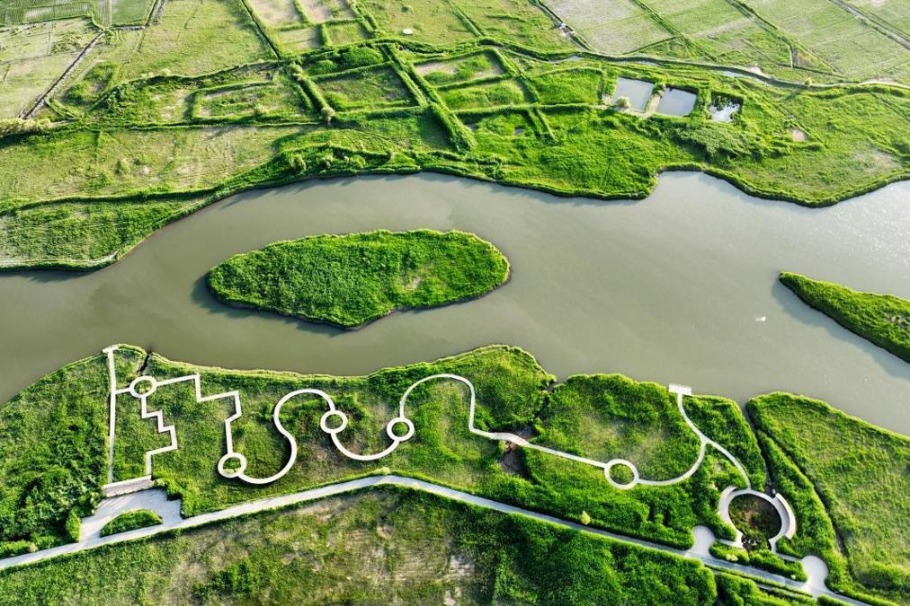Strides made in cultural preservation
All-around efforts bear fruit by reviving popularity of traditional crafts, practices


From time to time, Liang Desong still finds it hard to come to terms with the years he spent away from his art — doing odd jobs in farming and construction to make ends meet.
Liang is a dedicated practitioner of Miao painting in Central China's Hunan province. The art form, in which fine-tipped brushes and vibrant paints are used to create detailed artworks on fabric, mimics the intricate stitches of Miao embroidery.
Liang, who is now in his 60s, was forced to lay down his brush in the 1980s, as machine-made clothing swept through markets and pushed traditional crafts to the margins.
However, thanks to the country's growing efforts to protect and revive the art form, which was named a national intangible cultural heritage in 2011, Liang was given the chance to return to the roots of his identity.
Today, the growth of cultural tourism in the region, spurred by heritage-focused development policies, has turned his workshop in Jishou, in the Xiangxi Tujia and Miao autonomous prefecture, into a vibrant tourism destination.
"I feel Miao paintings have visibly made a comeback among the public," said Liang, who was named a national inheritor in 2018, a status that has further helped to boost the spread of his craft.
His journey is an example of the tangible results of the country's nationwide push to safeguard its diverse cultural heritage.
Since the 18th National Congress of the Communist Party of China in 2012, President Xi Jinping has placed great importance on the protection and transmission of intangible cultural heritage.
Xi, who is also general secretary of the CPC Central Committee, has underlined the importance of intangible cultural heritage on multiple occasions.
During his visit to a Dong ethnic village in Southwest China's Guizhou province in March, Xi praised the distinctive culture of the ethnic group, including stilt houses, the grand song of the Dong people and batik craftsmanship, as "deeply traditional and remarkably stylish".
When he visited Huawu village during an inspection tour of Guizhou in 2021, Xi gave the thumbs-up to using Miao embroidery to pass down ethnic traditional culture, aid in the battle against poverty, and promote rural vitalization.
In 2019, Xi emphasized the importance of preserving the cultural heritage of ethnic groups during an inspection tour of the Inner Mongolia autonomous region.
- Cretaceous mammaliaform tracks first found in South China
- China accelerates push for green, smart ports
- US-China student exchange bridges cultures in Hebei
- BRI countries highlight innovation-driven development
- China's blood donation rate rises, supply efforts ongoing
- Chinese expert: COVID-19 pathogenicity weakened, now flu-like





































